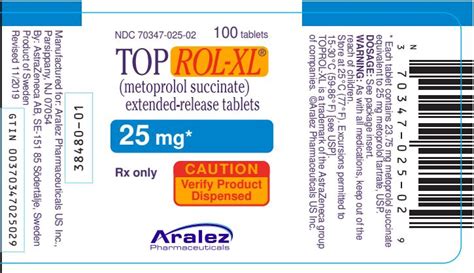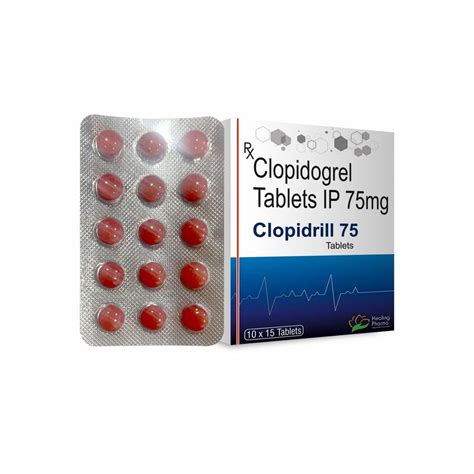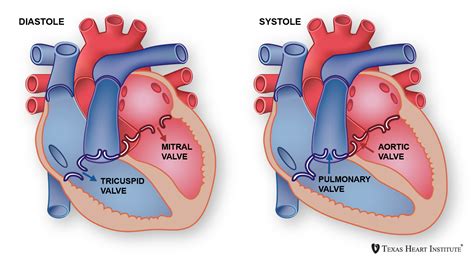Metoprolol succinate, commonly known by its brand name Toprol XL, is a medication used to treat various cardiovascular conditions, including high blood pressure, angina, and heart failure. It belongs to a class of drugs known as beta blockers, which work by affecting the response to nerve impulses in certain parts of the body. By doing so, metoprolol reduces the heart’s workload and its need for oxygen, thereby lowering blood pressure and increasing oxygen supply to the heart.
History and Development
The development of beta blockers like metoprolol began in the 1950s and 1960s, with the initial goal of treating angina pectoris. Over the years, as research advanced, these drugs were found to be beneficial in a wider range of cardiovascular diseases. Metoprolol, specifically, was synthesized in the 1960s, and its effects were first studied in the early 1970s. Its extended-release formulation, metoprolol succinate, was designed to provide a more stable and prolonged effect, allowing for once-daily dosing and improving patient compliance.
Pharmacological Action
Metoprolol acts on the heart and blood vessels by selectively blocking beta-1 adrenergic receptors. This selectivity means it has a more targeted effect on the heart than non-selective beta blockers, reducing heart rate, contractility, and the velocity of cardiac contractions. As a result, it decreases cardiac output, lowers blood pressure, and reduces the heart’s demand for oxygen. This mechanism is particularly beneficial in conditions like hypertension, where the heart has to work harder against the increased pressure, and in angina, where the heart muscle does not receive enough oxygen due to narrowed arteries.
Clinical Uses
Hypertension: Metoprolol succinate is used to treat high blood pressure. It can be used alone or in combination with other medications. High blood pressure is a major risk factor for heart disease, stroke, and kidney disease, making its management crucial for preventing these complications.
Angina Pectoris: By reducing the heart’s workload and its need for oxygen, metoprolol helps alleviate chest pain (angina) in patients with coronary artery disease.
Heart Failure: Metoprolol succinate is used in the treatment of heart failure, particularly in patients with reduced ejection fraction. It has been shown to improve survival and reduce the risk of hospitalization due to worsening heart failure.
Myocardial Infarction (MI): Early intravenous administration of metoprolol followed by oral therapy has been shown to reduce mortality and the risk of further heart attacks in patients who have had an MI.
Side Effects and Precautions
While metoprolol is generally well-tolerated, like all medications, it can cause side effects. Common side effects include fatigue, dizziness, headache, and shortness of breath. Less common but more serious side effects can include worsening heart failure, slow heart rate, and in rare cases, allergic reactions.
Metoprolol should be used with caution in certain populations, including those with asthma or chronic obstructive pulmonary disease (COPD), as it can worsen these conditions. It should also be used cautiously in patients with diabetes, as it can mask the symptoms of hypoglycemia. Abrupt withdrawal of metoprolol can lead to worsening of angina or even myocardial infarction; therefore, dosage should be gradually reduced under medical supervision if discontinuation is necessary.
Interactions and Contraindications
Metoprolol can interact with a variety of other medications, including other cardiovascular drugs, and its use should be carefully managed in patients taking multiple medications. Contraindications include severe bradycardia, heart block greater than first degree, cardiogenic shock, and severe hypotension. It should not be used in patients with a known hypersensitivity to metoprolol or related beta blockers.
Dosage and Administration
The dosage of metoprolol succinate varies depending on the condition being treated. For hypertension and angina, the usual starting dose is 25-50 mg once daily, which can be increased as needed and tolerated. For heart failure, the dose is typically started at 12.5-25 mg once daily, with gradual increases to achieve a target dose of 200 mg once daily or the maximum tolerated dose.
Conclusion
In conclusion, metoprolol succinate (Toprol XL) is an important medication in the management of various cardiovascular conditions. Its pharmacological properties as a beta-1 selective blocker make it particularly useful for treating hypertension, angina, heart failure, and for reducing the risk of further events in patients who have had a myocardial infarction. Like all medications, its use should be carefully managed under the guidance of a healthcare provider to maximize its benefits while minimizing its risks.
What are the common side effects of metoprolol succinate?
+Common side effects include fatigue, dizziness, headache, and shortness of breath. It’s essential to discuss any concerns or side effects with your healthcare provider.
Can I stop taking metoprolol succinate if I feel better?
+No, you should not stop taking metoprolol succinate without consulting your doctor first. Stopping the medication abruptly can lead to worsening of your condition or other complications.
How long does it take to see the effects of metoprolol succinate?
+The effects of metoprolol succinate can be observed in a few weeks, but it may take several months to achieve the full benefits of the medication.
Can metoprolol succinate be used in pregnancy or breastfeeding?
+Metoprolol succinate should be used with caution in pregnancy and breastfeeding. It’s crucial to discuss the potential risks and benefits with your healthcare provider if you are pregnant, planning to become pregnant, or are breastfeeding.
What should I do if I miss a dose of metoprolol succinate?
+If you miss a dose, take it as soon as you remember unless it’s close to the time for your next dose. Do not take an extra dose to make up for the missed one. Consult your healthcare provider if you have any questions.



